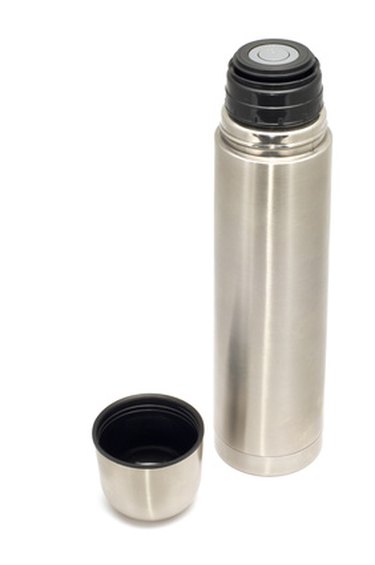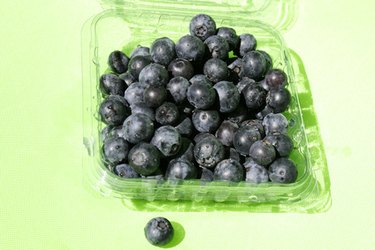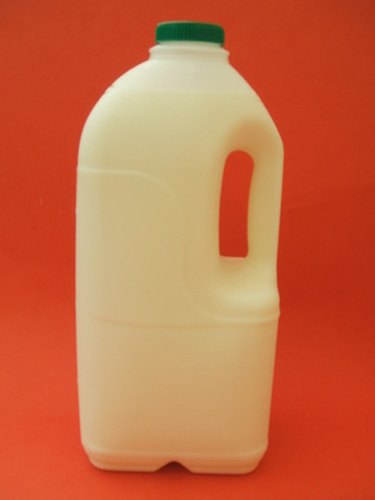
Food-grade containers are used for the storage and transportation of food. Different kinds of food-grade containers are required for the various types of food we consume. They protect the food from harm during shipping.
What are Food-Grade Containers?
Video of the Day

ServSafe defines a food-grade container as a container made for food storage that is durable, leak-proof and able to be sealed or covered. Mason jars, plastic box containers, zip-top baggies, plastic gallon jugs, egg cartons, plastic buckets, Styrofoam cartons, thermoses and plastic bags are all food-grade containers. Many food-grade containers intended for home use can be reused after they are properly sanitized.
Video of the Day
Regulation
Food-grade containers are regulated by the FDA. The National Restaurant Association works closely with the FDA to develop food-grade containers that are used by catering companies, restaurants and school cafeterias.
All food-grade containers are FDA approved before going on the market. To avoid confusing the consumer, the packaging that they are sold in is marked by the manufacturer as food-grade.
Reuse
According to FDA regulations anything that has been used for nonfood purposes, including food-grade containers, cannot be used for food storage. This includes cans and buckets that have held any sort of chemical. A good rule of thumb is that if the container once held a substance that cannot or should not be consumed, then it should not be used to store food.
Different Foods, Different Methods

Each specific kind of food has its own particular food-grade container. Liquids, such as milk, water and juices are commonly held in plastic jugs with screw-on caps or pop-top lids. They can also come in paper cartons that have folding pour spouts. Many carbonated beverages come in plastic 2 liter bottles and can be resealed. Tab-top soda cans, on the other hand, are intended for a single use.
Dry goods can be purchased in plastic bags and then transferred into plastic containers for storage at home. Some are sold in wax paper or plastic sealed bags that have been placed in boxes with folding tops. Others are placed directly in the box, such as dried spaghetti noddles.
Typical pantry items such as peanut butter and jelly come in either plastic or glass jars with screw-on lids.
Meats, such as rib-eye steak and ground beef are placed on Styrofoam trays and then shrink wrapped and labeled at the grocery store. Meat can also come wrapped in durable plastic bags that can withstand shipment in large boxes and unloading into refrigerated units at a store. Poultry and seafood are packaged this way as well. Eggs are stored in Styrofoam containers designed to protect their fragile shells and prevent breakage.
Food-grade containers for fresh vegetables and fruit include plastic bags and clear plastic boxes with lids.
Frozen foods come in a variety of food-grade containers. Ice cream can be packaged in paper cartons and plastic or paper buckets with lids. Microwave dinners are placed in plastic trays. The tray tops are covered in plastic shrink wrap and then placed in a box. Frozen foods can also come in heavy resealable plastic bags, such as frozen chicken breasts and frozen vegetables and fruit.
Shipment of Food

The food that is shipped from producer to packaging plant is held in different food-grade containers than the food that is shipped from the manufacturer to the grocery store. For example, milk that is taken from a cow is placed in a large storage tankard trunk, which is refrigerated to maintain the proper temperature so that the milk doesn't go bad. Once at the packing plant, the milk is pasteurized and placed in plastic jugs and sealed. The jugs are put in racks and then placed into another truck and shipped to the grocery store where they are unloaded and placed in a refrigerator case in the dairy section.